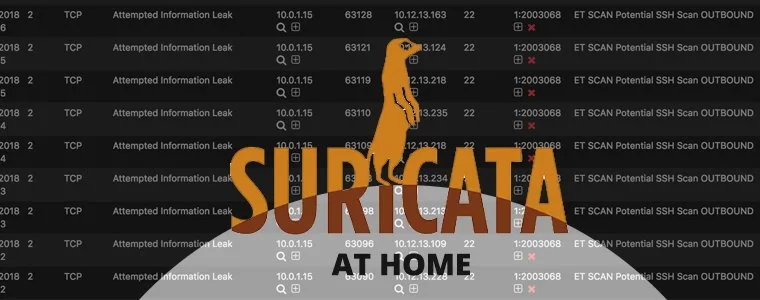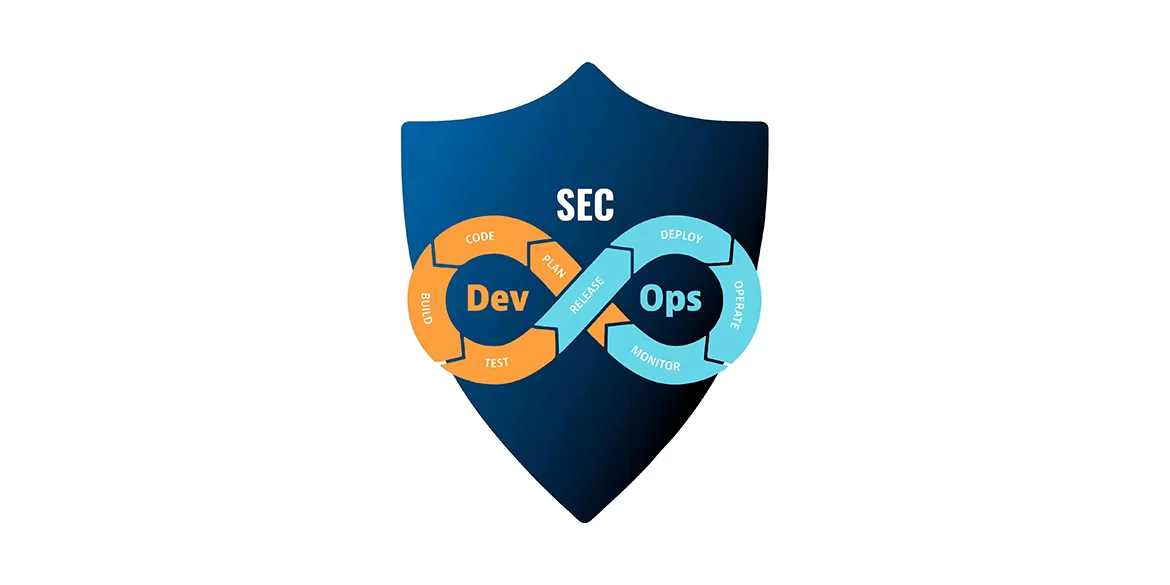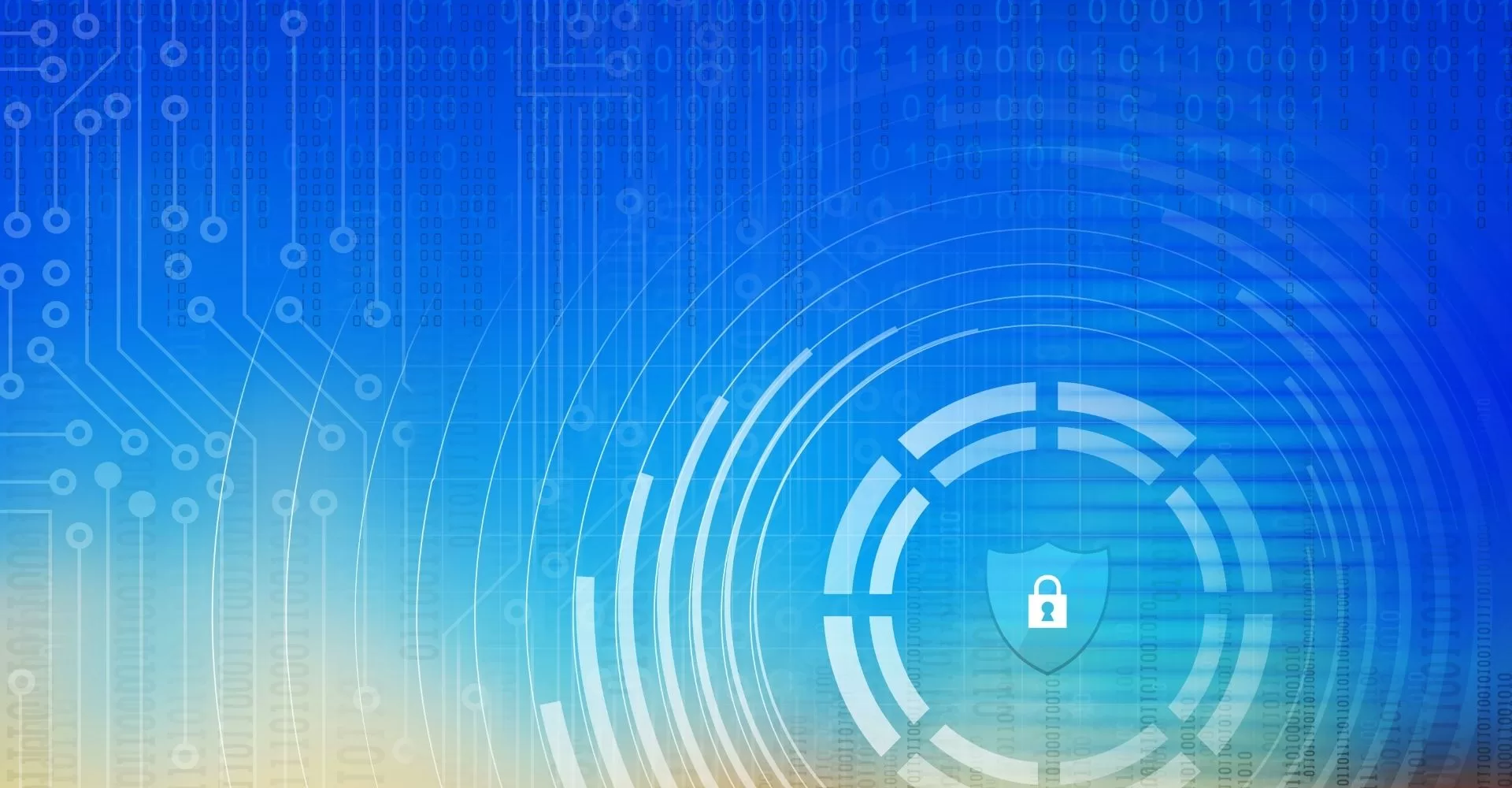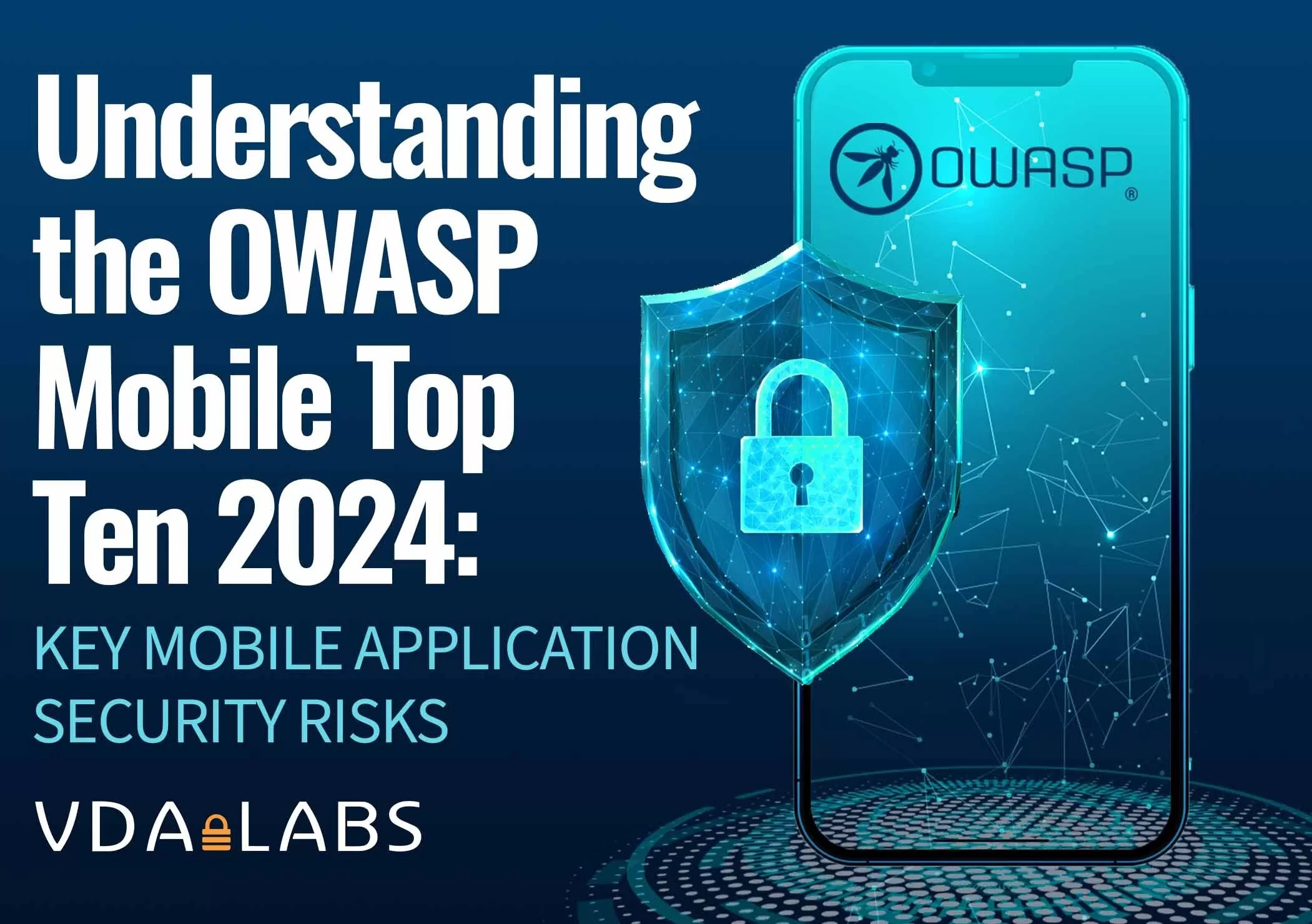
Security Information and Event Management (SIEM) is a crucial component in the modern cybersecurity arsenal. By collecting, monitoring, and analyzing security events in real-time, SIEM platforms help organizations detect potential threats and respond to incidents swiftly. With the ever-evolving threat landscape, understanding how SIEM can be used to mitigate specific security breaches is vital. In this post, we’ll cover four common types of security breaches that SIEM can help mitigate and how this technology enhances organizational defense.
Related Reading: How SIEM Helps Safeguard Your Business
Insider Threats
Overview: Insider threats occur when an employee, contractor, or trusted individual intentionally or unintentionally misuses access to data or systems, leading to security breaches. These threats are particularly challenging because they often come from trusted accounts within the network.
How SIEM Helps: SIEM platforms are effective in identifying insider threats by monitoring user behavior and access patterns. They can detect anomalies, such as accessing sensitive files outside of business hours, unauthorized data transfers, or unusual login locations. Real-time alerts allow security teams to investigate potential risks before significant damage occurs. With SIEM, organizations can also implement automated responses, such as locking accounts or blocking suspicious activities until verified.
Key SIEM Features: User Behavior Analytics (UBA), real-time monitoring, anomaly detection, and automated incident response.
Phishing Attacks
Overview: Phishing remains one of the most prevalent cyber threats. These attacks involve tricking employees into revealing sensitive information, such as passwords or financial details, through malicious emails, links, or websites.
How SIEM Helps: SIEM platforms can help detect phishing attacks by analyzing email patterns, scanning for malicious URLs, and identifying unusual network traffic. When SIEM detects an email containing potential malware or unusual login attempts following a phishing campaign, it can trigger alerts or initiate automated countermeasures. SIEM can also help track and block IP addresses associated with known phishing sources, reducing the likelihood of repeated attacks.
Key SIEM Features: Email analysis, threat intelligence integration, URL filtering, and IP reputation management.
Malware Infections
Overview: Malware infections can wreak havoc on an organization, leading to data breaches, service disruptions, and financial losses. They can spread rapidly, affecting multiple systems and causing extensive damage.
How SIEM Helps: SIEM platforms are instrumental in identifying and mitigating malware infections by analyzing patterns of suspicious activity across the network. They can correlate data from various sources, such as firewall logs, endpoint security solutions, and DNS requests, to detect malware signatures and indicators of compromise (IOCs). If SIEM identifies a threat, it can automate containment actions, such as isolating affected systems or blocking malicious traffic, to limit the spread of malware.
Key SIEM Features: Correlation engine, malware signature detection, real-time threat intelligence, and automated containment.
Data Exfiltration
Overview: Data exfiltration involves unauthorized access and transfer of sensitive data from within an organization’s network. This type of breach can lead to severe financial, legal, and reputational damage.
How SIEM Helps: SIEM can detect data exfiltration attempts by monitoring network traffic, file access patterns, and data transfer volumes. If a large data download occurs or an unusual outbound connection is detected, SIEM will trigger an alert for investigation. It can also identify subtle data leaks over time by analyzing trends, such as repeated small-scale transfers to unfamiliar IP addresses. With SIEM, security teams can respond quickly to mitigate the breach and prevent further data loss.
Key SIEM Features: Data Loss Prevention (DLP), file integrity monitoring, network traffic analysis, and anomaly detection.
Conclusion
As cyber threats continue to grow, organizations must have tools in place to detect and respond to security breaches quickly. SIEM solutions play a critical role in enhancing visibility, detecting anomalies, and automating responses to various threats. Whether it’s insider threats, phishing attacks, malware infections, or data exfiltration, SIEM helps organizations mitigate risks and protect their sensitive data.
If your organization is looking to enhance its cybersecurity posture, consider investing in a robust SIEM solution. Contact VDA Labs to learn how our tailored SIEM services can help safeguard your data and ensure comprehensive protection against modern cyber threats.
-
Previous Post
What Is SIEM Software and How Does It Work?
-
Next Post
How SIEM Helps Safeguard Your Business













